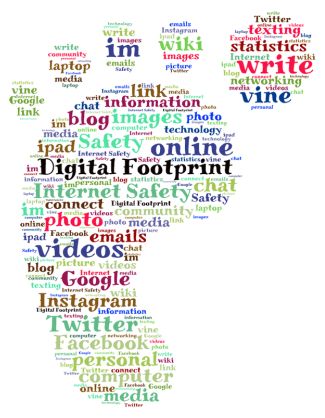
As technology continues to evolve, it’s essential for K-12 students to learn about digital citizenship and the responsible use of technology. With the increasing presence of Artificial Intelligence (AI) in our daily lives, it’s crucial to incorporate AI education into digital citizenship curricula. By doing so, students will gain a deeper understanding of AI’s impact on society and develop essential skills to navigate the digital world.
Why AI in Digital Citizenship?
AI is no longer a futuristic concept; it’s a reality that’s transforming industries and aspects of our lives. From virtual assistants to social media algorithms, AI is influencing how we interact with technology and each other. By integrating AI into digital citizenship curricula, students will learn to critically think about AI’s role in shaping online interactions, privacy, and security.
Key Concepts to Cover
When adding AI to your digital citizenship curriculum, consider covering the following key concepts:
1. AI basics: Introduce students to the fundamentals of AI, including machine learning, natural language processing, and computer vision.
2. AI ethics: Explore the ethical implications of AI, such as bias, transparency, and accountability.
3. AI and online safety: Discuss how AI-powered tools can enhance online safety, such as detecting cyberbullying or identifying online predators.
4. AI and digital footprint: Teach students about the digital footprint they leave online and how AI can analyze and utilize this data.
5. AI and critical thinking: Encourage students to think critically about AI-generated content, such as deepfakes or AI-written articles.
Teaching Strategies
To effectively teach AI in digital citizenship, consider the following strategies:
1. Real-world examples: Use relatable scenarios to illustrate AI’s impact on daily life, such as AI-powered chatbots or virtual assistants.
2. Interactive activities: Engage students in hands-on activities, such as building simple AI models or analyzing AI-generated content.
3. Guest speakers: Invite AI experts or industry professionals to share their insights and experiences.
4. Case studies: Analyze real-life examples of AI’s impact on society, such as AI-powered surveillance or AI-generated art.
By incorporating AI into your K-12 digital citizenship curriculum, you’ll empower students to navigate the complexities of AI-driven technology and become responsible digital citizens.
